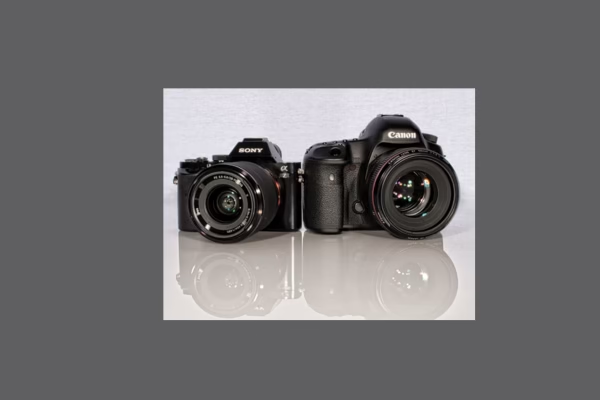Role of Light in Photography
Light, an ethereal force that reveals and conceals, is the cornerstone of vision, art, and scientific discovery. It is a fundamental element that shapes our perception of the world and breathes life into the images we capture. Whether studied through the lens of physics or the aperture of a camera, the light remains an enigmatic yet omnipresent entity, dictating the way we see, interpret, and immortalize moments.
The Science of Light
At its core, light is electromagnetic radiation, oscillating between its dual nature as both a wave and a particle. This wave-particle duality defines its behavior, allowing it to reflect, refract, diffract, and scatter as it interacts with various surfaces and mediums. The visible spectrum, spanning wavelengths from approximately 400 to 700 nanometres, is but a mere fraction of the vast electromagnetic spectrum, yet it is the portion that human eyes perceive as colour.
The behavior of light is governed by fundamental principles:
- Reflection occurs when light bounces off a surface, its angle of incidence equal to its angle of reflection, shaping the clarity of mirrors and the sheen of polished surfaces.
- Refraction, the bending of light as it passes from one medium to another, is the principle behind lenses that correct vision and magnify distant galaxies.
- Diffraction allows light to bend around obstacles, creating mesmerizing patterns in the play of shadows and the iridescence of soap bubbles.
- Scattering, the dispersion of light in multiple directions, explains why the sky dons a celestial blue in daylight and a fiery palette at dusk.
The Role of Light in Photography
Photography, derived from the Greek words phōs (light) and graphé (drawing), is quite literally the art of painting with light. It is the medium through which moments are frozen in time, their essence captured through the delicate interplay of illumination and shadow. Light in photography is not merely a passive element; it is the very soul of the image, defining texture, depth, and emotion.
Types of Light in Photography
- Natural Light: The sun, in its infinite variations, provides a spectrum of lighting conditions—ranging from the golden hues of sunrise and sunset to the stark contrasts of midday.
- Artificial Light: Man-made sources such as LED, tungsten, and flash lighting grant photographers control over their visual compositions, allowing for precise adjustments in mood and atmosphere.
- Soft vs. Hard Light: Soft light, diffused and gentle, smooths imperfections and creates a dreamlike quality, while hard light, direct and unyielding, carves out dramatic shadows and striking contrasts.
The Camera’s Relationship with Light
A camera, much like the human eye, depends on light for vision. How light enters the lens and interacts with the sensor determines exposure, clarity, and artistic intent. This delicate dance between light and mechanics is governed by the Exposure Triangle:
- Aperture (f-stop): The gateway through which light enters the camera, its size influencing the depth of field.
- Shutter Speed: The length of time the sensor is exposed to light, dictating whether movement is frozen in an instant or blurred in a fluid motion.
- ISO Sensitivity: The measure of the sensor’s responsiveness to light, balancing brightness against graininess in the final image.
Techniques to Harness Light Creatively
Mastery of light opens a world of artistic possibilities:
- Long Exposure Photography: By prolonging exposure, movement is transformed into an ethereal blur—rivers flow like silk, stars trace celestial arcs across the night sky.
- Silhouettes: Backlighting subjects against a luminous backdrop creates stark, mysterious outlines, evoking emotion through contrast.
- High-Speed Photography: With a rapid shutter, fleeting moments—water droplets suspended mid-air or a hummingbird’s wings frozen in motion—become visible to the naked eye.
- Light Painting: The deliberate movement of a light source in a long-exposure setting crafts surreal compositions, merging photography with performance art.
Light is more than an external force—it is a storyteller, a sculptor of form, and an artist’s silent collaborator. In both science and photography, its essence remains enigmatic and yet entirely indispensable. To understand light is to unlock a deeper appreciation of the world, whether through the precise calculations of physics or the evocative imagery of a well-composed photograph. As technology advances, our ability to manipulate and harness light expands, yet its fundamental allure remains unchanged—a timeless muse for those who seek to capture the ineffable beauty of existence.

